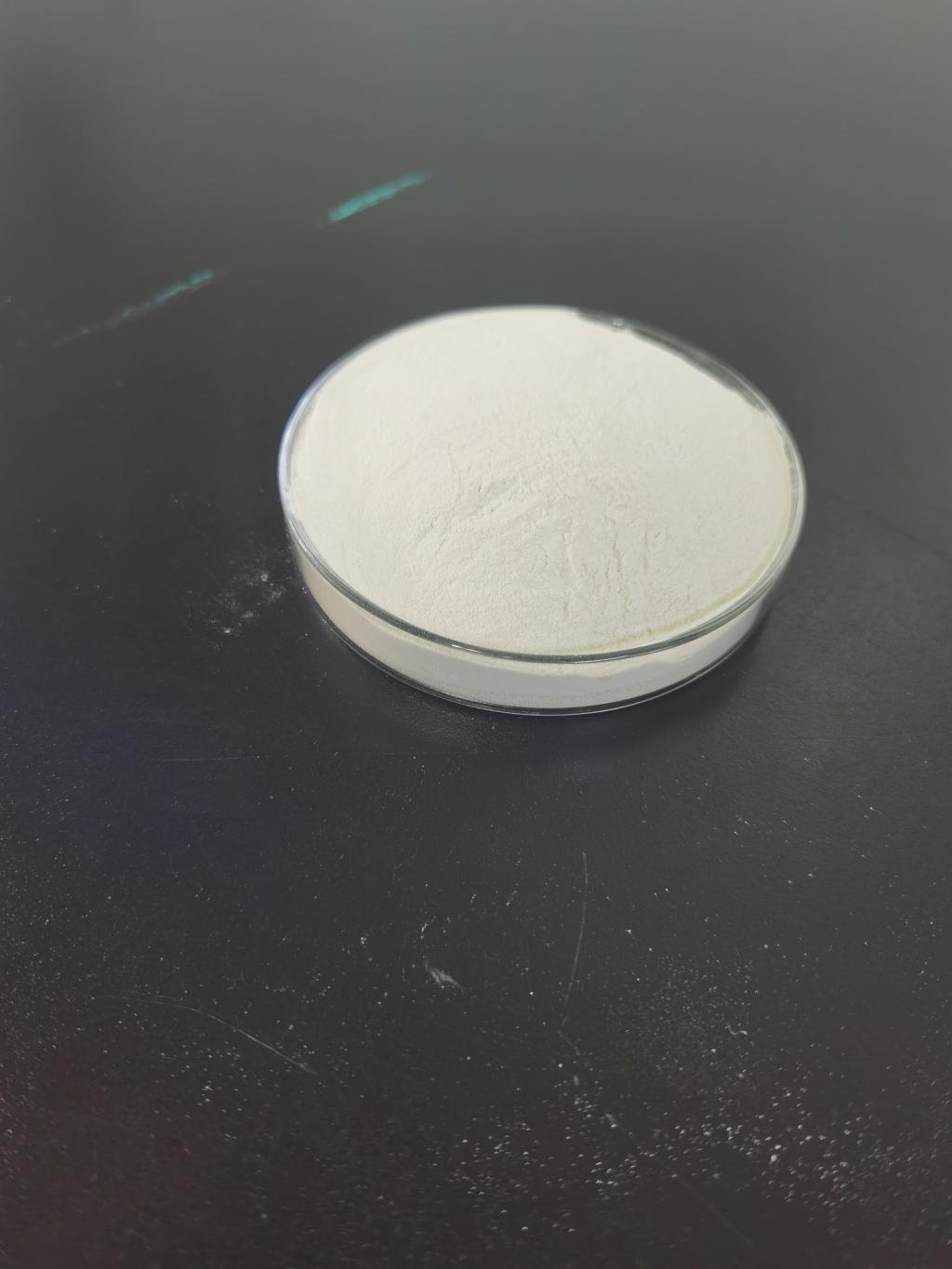Tel:+8618231198596

News
 CONTACT
CONTACT
 CONTACT
CONTACT
- Linkman:Linda Yao
- Tel: +8618231198596
- Email:linda.yao@dcpharma.cn
- Linkman:CHARLES.WANG
- Department:Overseas
- Tel: 0086 0311-85537378 0086 0311-85539701
News
Nisin's role in inhibiting the growth of ready-to-eat foods.
TIME:2024-04-03
Understanding Listeria monocytogenes:
Listeria monocytogenes is a Gram-positive, facultative anaerobic bacterium that is widely distributed in the environment, including soil, water, and various food sources. It is a notorious foodborne pathogen capable of causing listeriosis, a serious illness characterized by fever, muscle aches, nausea, and, in severe cases, meningitis, septicemia, and miscarriage in pregnant women. RTE foods, including deli meats, cheeses, salads, and refrigerated ready meals, are particularly susceptible to Listeria monocytogenes contamination due to their minimal processing and extended shelf life.
Nisin: Nature's Defense Against Listeria monocytogenes:
Nisin is a natural antimicrobial peptide produced by certain strains of lactic acid bacteria, notably Lactococcus lactis. It belongs to a class of antimicrobial peptides known as lantibiotics, characterized by the presence of unusual amino acids and post-translational modifications. Nisin's primary mode of action involves disrupting bacterial cell walls by binding to lipid II, a precursor molecule involved in cell wall synthesis. This disrupts membrane integrity, leading to cell lysis and ultimately bacterial death.
Effectiveness Against Listeria monocytogenes:
Nisin has demonstrated remarkable effectiveness against Listeria monocytogenes, making it a valuable tool in controlling its growth in RTE foods. Numerous studies have shown that nisin inhibits the growth of Listeria monocytogenes by disrupting cell membrane integrity, reducing adhesion to surfaces, and interfering with intracellular processes. Furthermore, nisin has been shown to exhibit synergistic effects when combined with other antimicrobial agents or food preservation methods, enhancing its efficacy against Listeria monocytogenes and other foodborne pathogens.
Applications in RTE Food Production:
The effectiveness of nisin against Listeria monocytogenes has led to its widespread use in RTE food production. Food manufacturers incorporate nisin into RTE food formulations as a natural preservative to inhibit the growth of Listeria monocytogenes and extend shelf life. Nisin can be added directly to food products or applied as a surface treatment to prevent contamination during processing and packaging.
In addition to its antimicrobial properties, nisin offers several advantages in RTE food production. It is heat-stable, pH-tolerant, and compatible with a wide range of food matrices, making it suitable for various processing conditions and product formulations. Furthermore, nisin's natural origin aligns with consumer preferences for clean-label ingredients, providing reassurance of food safety without the need for synthetic preservatives or additives.
Regulatory Considerations:
While nisin offers significant benefits in RTE food production, regulatory considerations must be addressed to ensure compliance with food safety standards and labeling requirements. Regulatory agencies, such as the Food and Drug Administration (FDA) in the United States and the European Food Safety Authority (EFSA) in Europe, have established guidelines for the use of nisin in food products, including maximum permitted levels and labeling requirements.
Food manufacturers must adhere to these regulations to ensure the safe and legal use of nisin in RTE foods. This includes accurately documenting the inclusion of nisin in ingredient lists, specifying its concentration, and following recommended usage levels to maintain consumer safety and transparency.
Consumer Confidence and Safety:
The incorporation of nisin into RTE foods enhances consumer confidence by providing an additional layer of protection against Listeria monocytogenes contamination. Consumers can trust that RTE foods containing nisin are safer and less likely to pose a risk of listeriosis. Furthermore, the natural origin of nisin aligns with consumer preferences for clean-label ingredients, offering reassurance of food safety without compromising taste or quality.
Consumer education also plays a vital role in promoting awareness of nisin's role in enhancing RTE food safety. By providing information about the benefits of nisin and its effectiveness against Listeria monocytogenes, food manufacturers can empower consumers to make informed choices about the foods they purchase and consume. Transparent labeling and clear communication about the use of nisin further reinforce consumer trust and confidence in RTE foods.
Future Directions:
As the demand for RTE foods continues to grow, the role of nisin in enhancing food safety will become increasingly important. Future research efforts may focus on optimizing nisin formulations and delivery systems to maximize efficacy and minimize potential side effects. Additionally, advancements in biotechnology and fermentation techniques may lead to the development of new nisin variants with enhanced antimicrobial activity and stability.
Furthermore, collaboration between industry stakeholders, regulatory agencies, and research institutions will be essential to address emerging challenges related to RTE food safety and quality. By leveraging the unique properties of nisin and other natural antimicrobial agents, the food industry can continue to innovate and improve the safety of RTE foods, ultimately reducing the risk of foodborne illness and protecting public health.
Conclusion:
Nisin plays a crucial role in enhancing the safety of RTE foods by inhibiting the growth of Listeria monocytogenes. Its natural origin, compatibility with food matrices, and effectiveness against foodborne pathogens make it a valuable tool for food manufacturers seeking to meet consumer demand for safe and convenient food products. By incorporating nisin into RTE food formulations, manufacturers can extend shelf life, reduce the risk of contamination, and provide consumers with greater confidence in the safety and quality of RTE foods. As the food industry continues to evolve, nisin remains a trusted ally in ensuring the safety and integrity of RTE foods for consumers worldwide.
- Tel:+8618231198596
- Whatsapp:18231198596
- Chat With Skype







